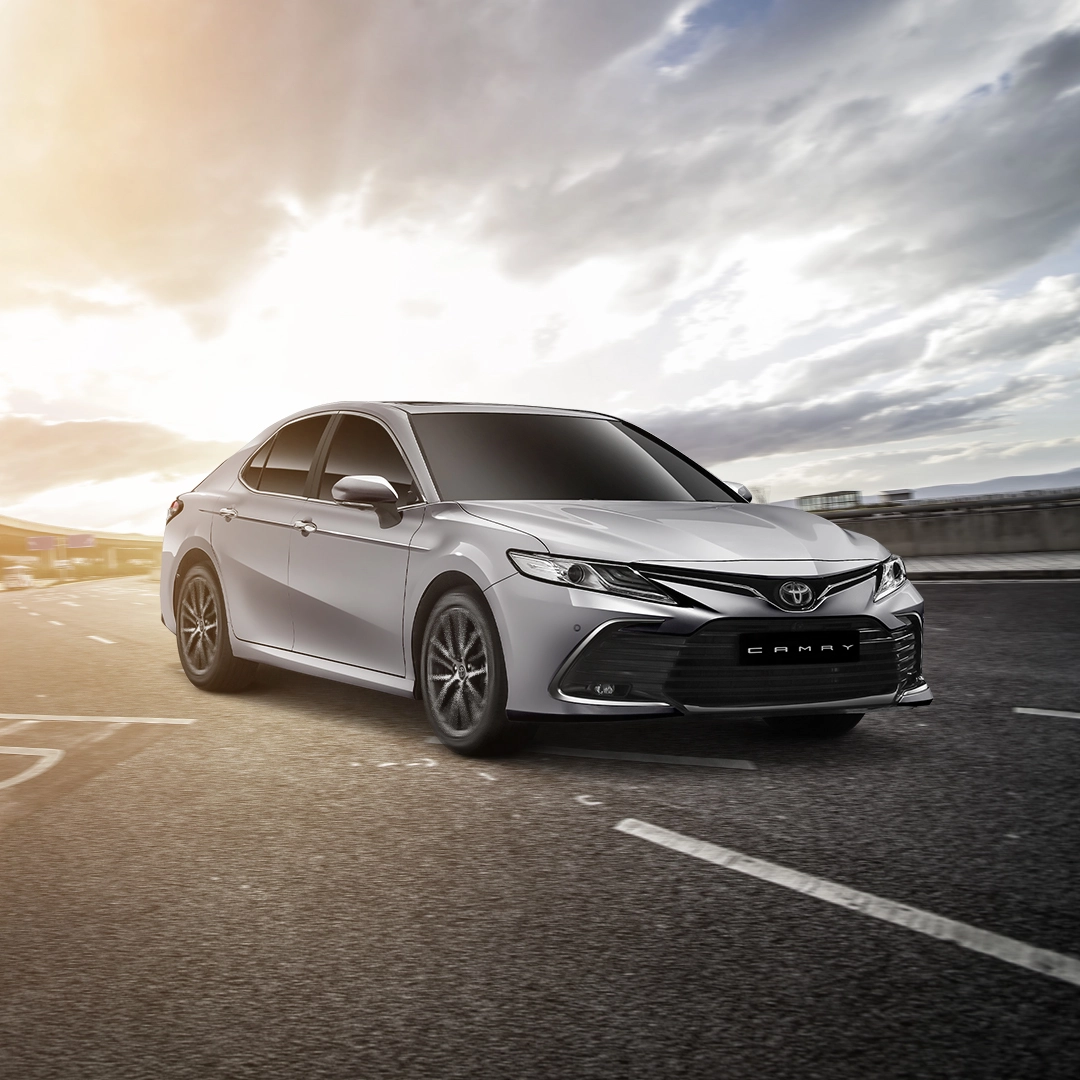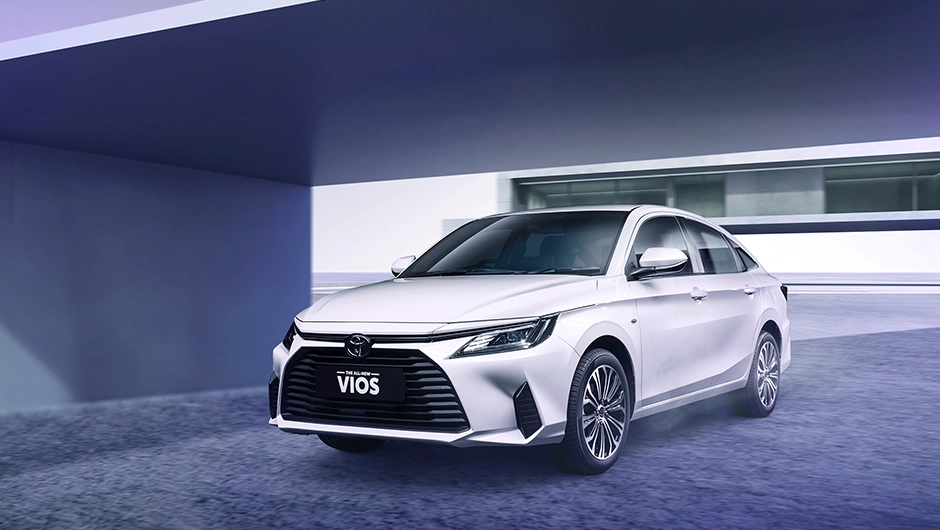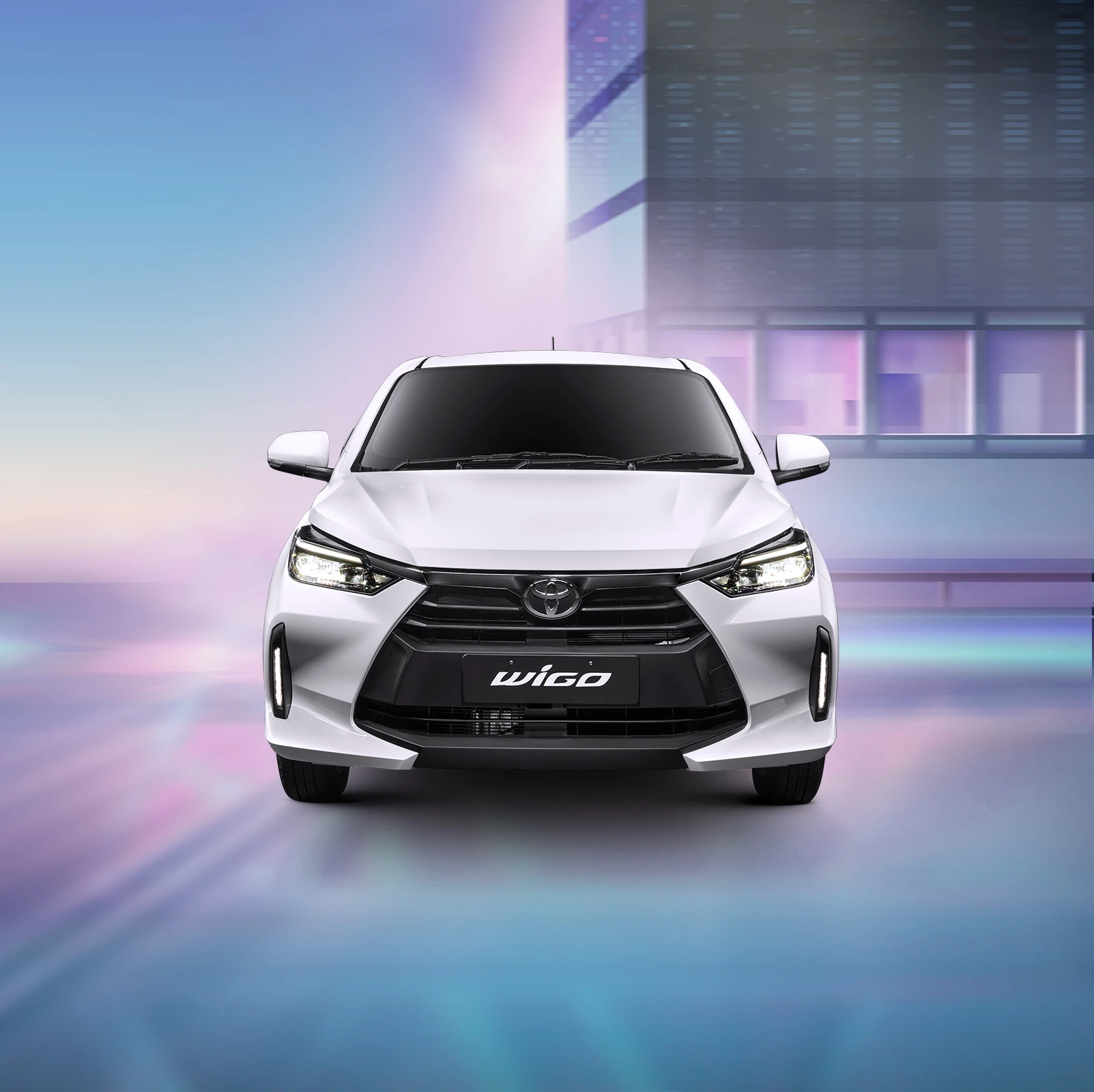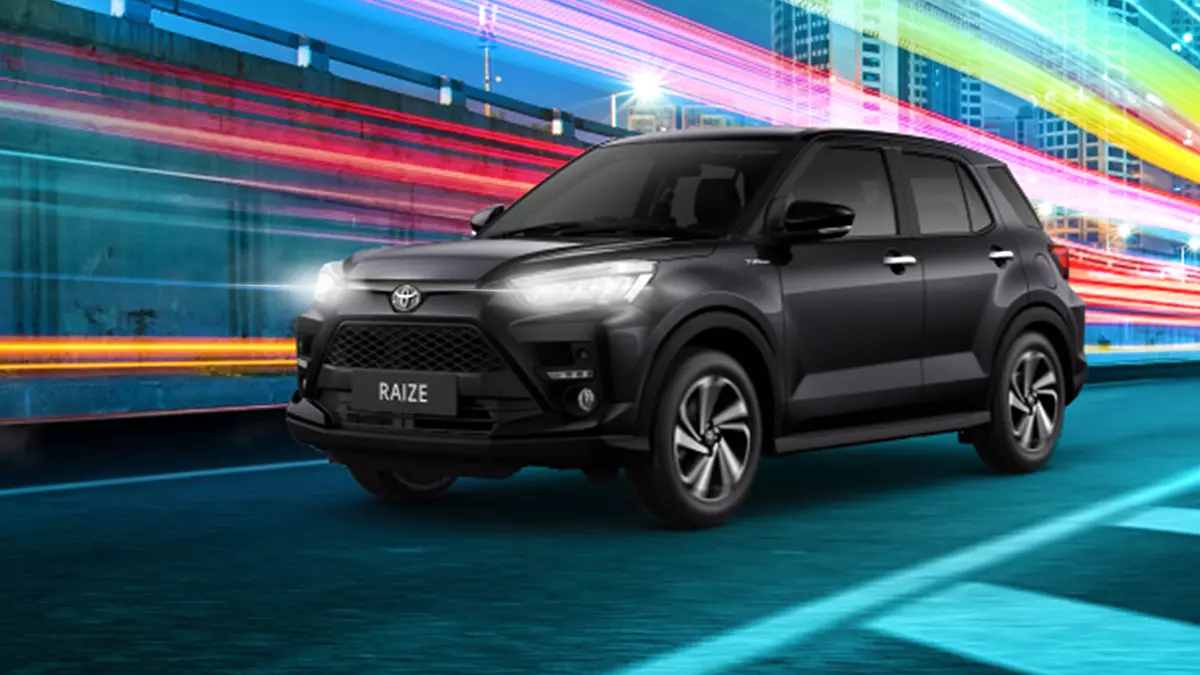Easy Guide to Buying an MPV (Multi-Purpose Vehicle)
Multi-purpose vehicles, or MPVs, are popular as family cars among the many car types. Read on to find out more about the unique characteristics of MPV car types in Brunei.
Multi-purpose vehicles, or MPVs, are popular as family cars among the many car types, and a large part of their appeal is their ability to accommodate many passengers at one go. Many MPVs offer at least six or seven seats, and are therefore perfect for those with large families.
Because MPVs are specifically designed for the purpose of carrying people, they tend to be better choices for that role as compared to SUVs, which are generally designed to be an all-rounder. As such, MPVs come with unique design traits such as a larger interior space, and features such as sliding doors to allow easier access to the cabin.
If you’re looking to buy an MPV, here are the things to consider before you make your decision.
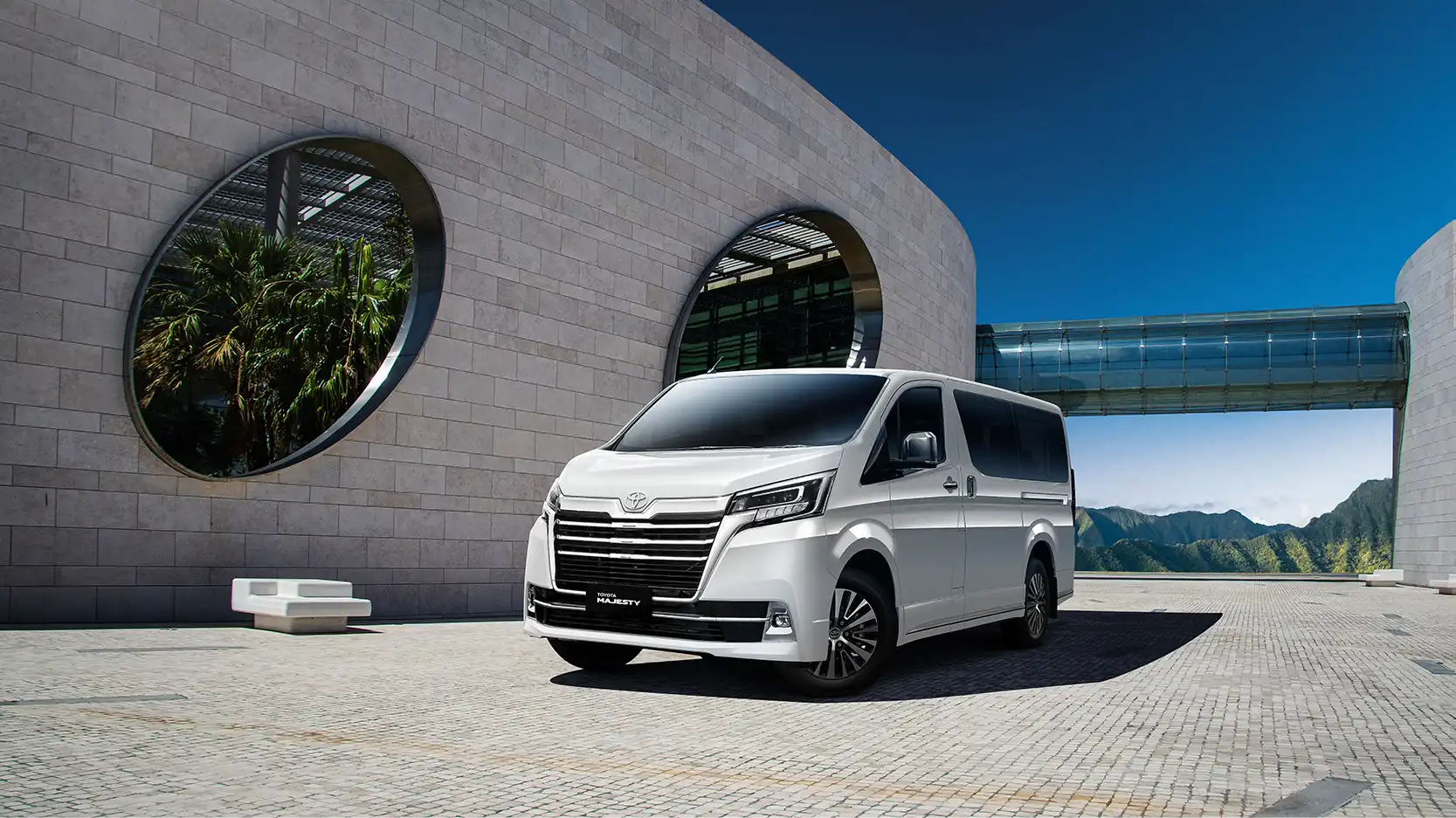
1. Car Size and Dimensions
As with all cars, MPVs do come in various sizes, ranging from small to medium to large. However, because they are mostly designed as people carriers, many MPVs tend to be on the larger side as they need to accommodate the extra seats and passengers. It is therefore important to test drive to see if the size of the MPV is something that you are comfortable in driving.
When driving a larger-sized car like an MPV, visibility is also a vital consideration. Check whether it is easy to see out of the car, especially rearwards. If there are visibility restrictions, find out if there are any driving assistance safety systems which can help mitigate the visibility limitations.
These features might include reversing cameras, or blind spot detection aids that can warn you of vehicles or other objects in your blind spot. Additional features that might be helpful include reverse collision mitigation systems, which can detect objects like pedestrians that may be in your path, and sound off a warning or even brake the car automatically if needed to avoid a collision.
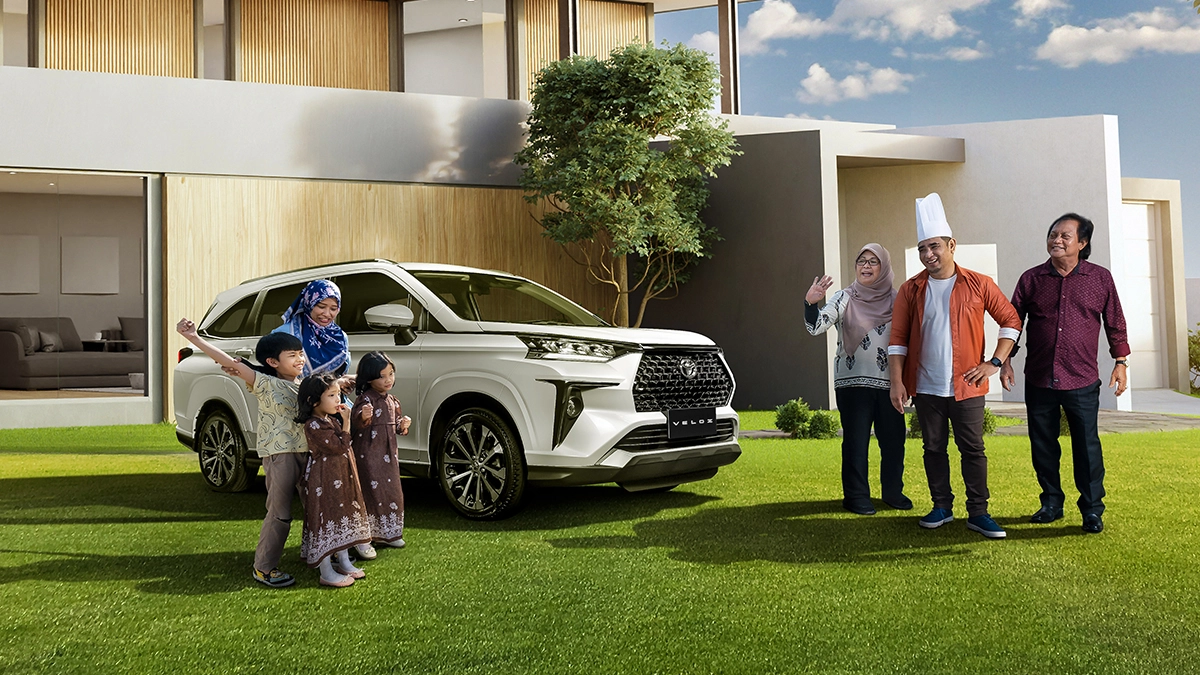
2. Number and Types of Seats
Many MPVs offer seating for six or seven passengers, making them ideal for those who want a car that can accommodate larger families. However, some smaller MPVs only have seating for five, like in a regular sedan or hatchback. On the other hand, there are also MPVs that are slightly bigger in size, and can accommodate eight or more passengers.
As such, it is important to think how many people you would have to ferry on a regular basis before you decide what kind of MPV to go for. If you have to drive around with both your children and parents, then you will likely need an MPV that can accommodate at least six people or more. If you have a smaller family however, perhaps with just you, your spouse, and a couple of kids, then you can consider a smaller-sized five-seater MPV.
In terms of configuration, a standard seven-seater MPV usually has their seats laid out in three rows. However, depending on the size of the car, the last row of seats can sometimes be a bit tight on space and lacking in legroom. For some MPVs, manufacturers sometimes recommend that the last row of seats be used for either children or smaller-sized adults on short journeys, as they may not have as much space there to fit a full-size adult comfortably.
One useful tip would be to see how the manufacturer describes the seating layout: a ‘5+2’ usually indicates that the rearmost two seats are meant for smaller-sized people, while a 7-seater may mean that the rear seats have slightly more space.
Therefore it is important to test out whether the seats in the MPV are comfortable enough to accommodate the passengers that you would ferry about regularly. Another important thing to take note of is how easily the seats themselves can be folded or configured to create more space in the interior when needed.
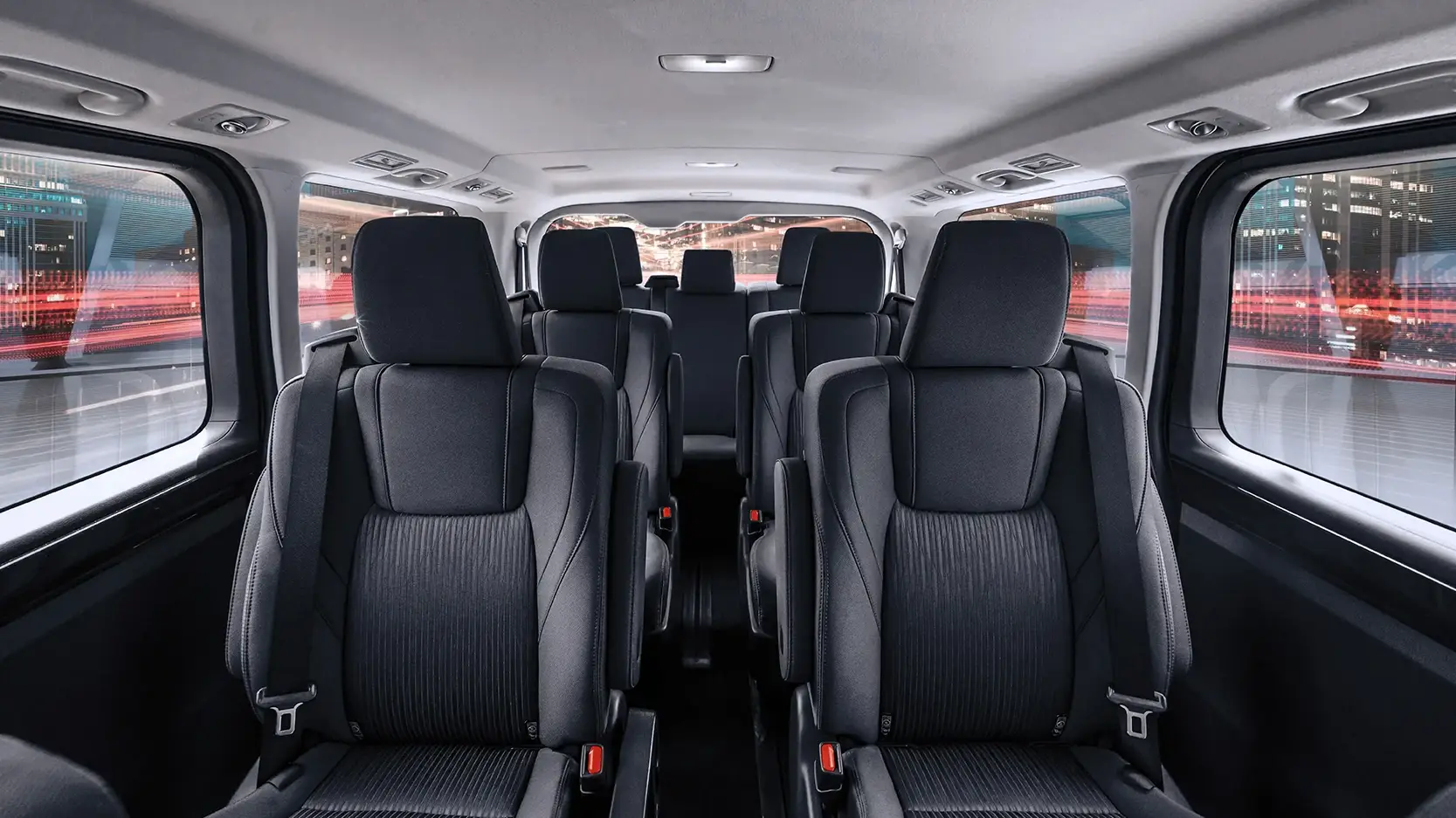
3. Accessibility
MPVs usually have four accessible doors, like most cars, which means that gaining access to the last row of seats may usually involve folding a second row seat in some manner. As such, it is vital to take note of how easy the second row seats can be folded, and thus how easy it is to reach the third row of seats. Also, some MPVs have sliding rear doors, which may make access slightly easier especially in tight spaces.
A number of MPVs offer a configuration with two individual seats in the second row, with a ‘walkway’ in between them, and these seats are sometimes called ‘captain seats’. This setup is especially useful for parents who want to get to their kids in the third row, as it allows them to simply walk through the cabin without needing to fold down the second row seats first. However, this configuration is typically only seen on luxury MPVs.
4. Storage Space
Most MPVs are used as family cars, which means that interior storage space may be an important consideration for buyers. Check out whether there are any hidden storage compartments throughout the cabin, which can be used to store items such as devices, toys, or other useful smaller stuff for your kids or other passengers.
As well, given that seven-seater MPVs have to accommodate three rows of seats, this usually means that the car’s boot space is significantly reduced and is smaller that what you would get from a similarly-sized hatchback or SUV. However, the third row seats of most MPVs can be folded down to offer more boot space if required. That said, it is still important to check out the amount of usable luggage space in the MPV in all configurations before making your purchase.
5. Comfort and Convenience Features
As MPVs are designed primarily as people carriers, they sometimes come with features that help to make travelling in them much more comfortable for passengers. For larger MPVs, a useful feature might be separate individual air con vents for the rear passengers, ensuring that the air from the ventilation system is able to reach them all the way at the back.
Some slightly higher-end and more expensive MPVs may also come with rear entertainment systems, consisting of a screen either on the back of the front seats or on the roof, coupled with either DVD playback or video/device streaming capability. This can be especially useful for parents with kids, who can use these entertainment systems to keep their children entertained while on longer journeys.
Other convenience features that may be found on MPVs may include small fold out tables on the back of the front seats, multiple USB ports or 12-volt power sockets to enable easy charging of devices, or rear window blinds to block out the glare and heat of the sun.
Additionally, if the MPV comes with sliding doors, see whether they are powered automatically, as they can be an extremely useful convenience feature, especially on larger-sized MPVs where the doors can be quite heavy. They are becoming increasingly common on newer MPVs, but some older models may still be lacking such a feature.
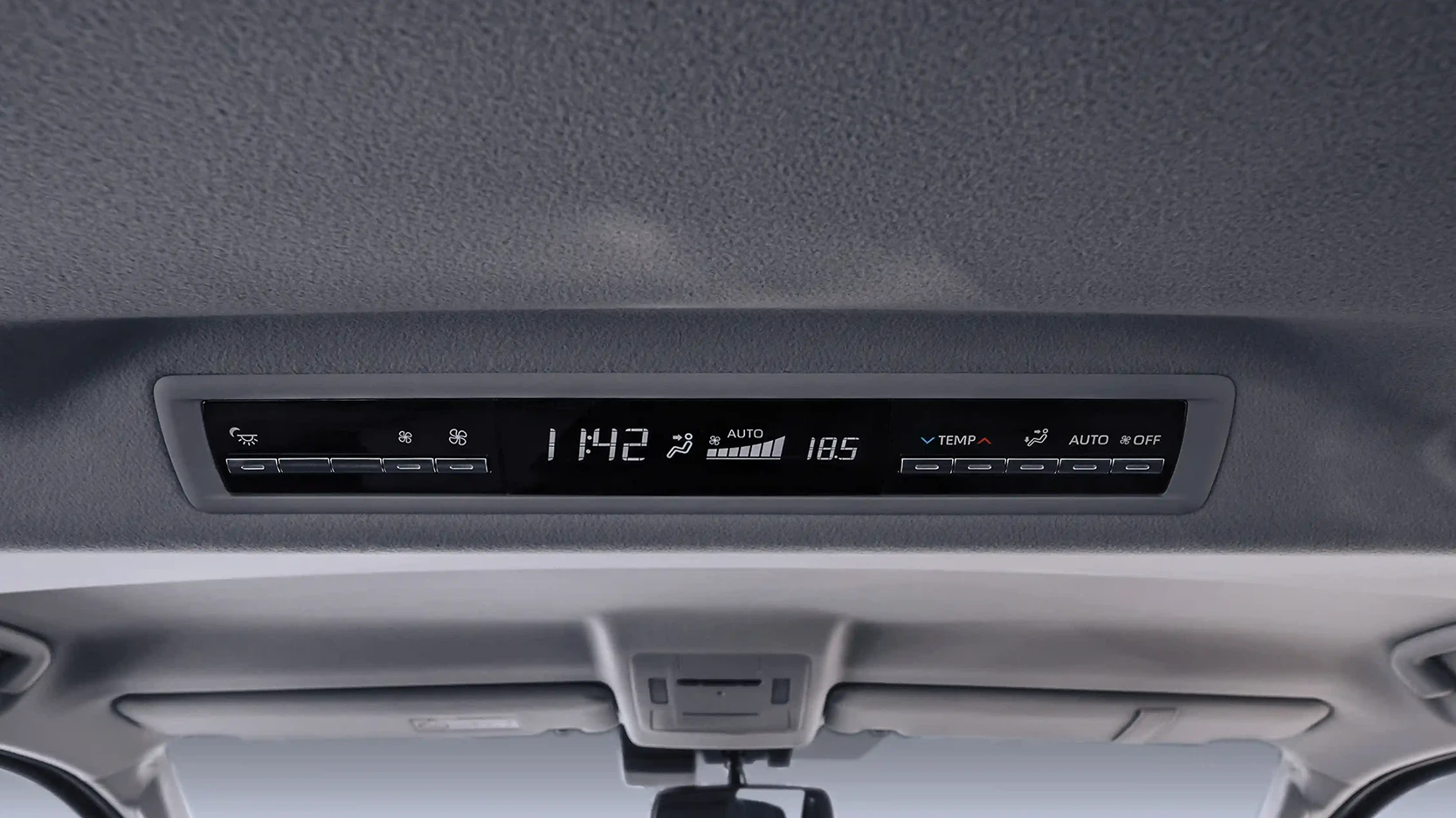
6. Safety Features
Safety features are important considerations when buying any car, and MPVs are no exceptions. If you’re buying an MPV to drive your family around, it is important to note what are the key safety features that are included.
For MPVs in particular, an especially vital feature is a rear view camera to help with parking and reversing. This is because MPVs tend to be larger in size, and have slightly reduced visibility over regular cars, so having a rear view camera could help avoid accidental collisions when reversing.
For parents with younger children, another important feature are ISOFIX anchor points, especially for the rear seats. These allow for the easy attachment of child seats, and can bring about greater convenience as well as ensuring that kids can be seated and strapped in safely in the car.
7. Efficiency
Due to the nature and design of MPVs as larger-sized vehicles for ferrying people, they tend to be less efficient than an equivalent sedan. MPVs are less aerodynamic, and are generally heavier than normal cars. Actual efficiency figures vary from model to model, and between different manufacturers, but one can expect a typical MPV to be maybe 10 to 15 percent less efficient than an equivalent similar-sized sedan.
However, as with any other car, fuel efficiency is also dependent on many other factors, including engine size, power output, and weight of the car. There are smaller-sized MPVs with smaller engines that have similar fuel consumption figures as a small hatchback, and there are also larger-sized MPVs with big engines that are less efficient. As a general rule of thumb, the bigger the MPV, the less fuel-efficient it will be.
YOU MAY WANT TO READ :

